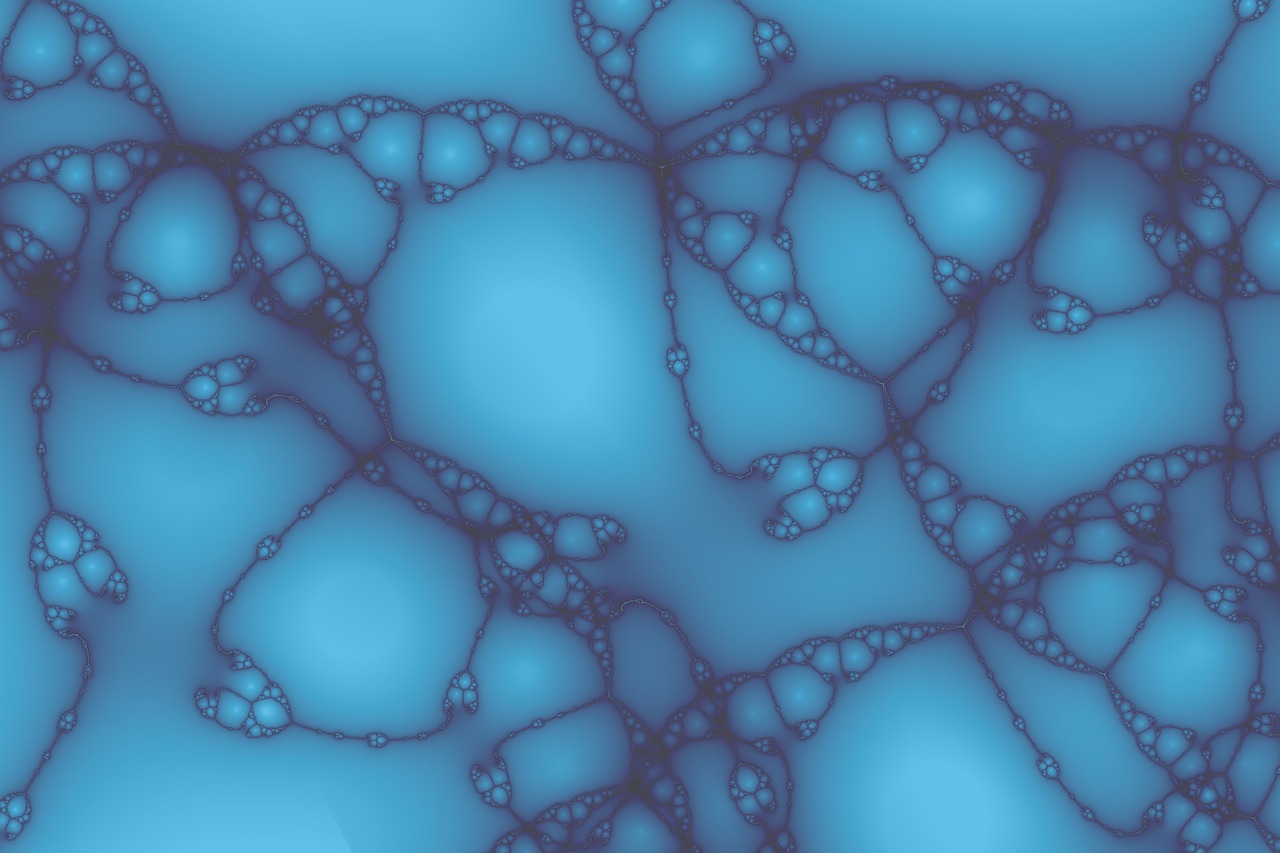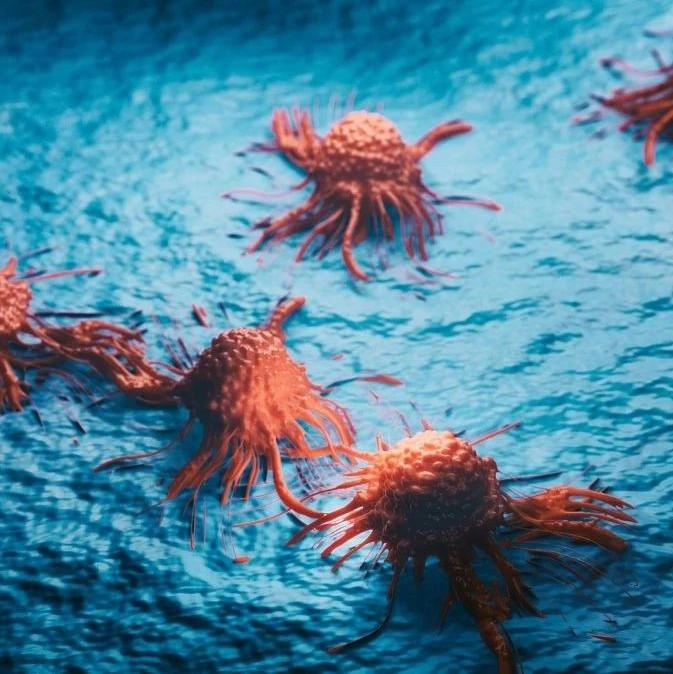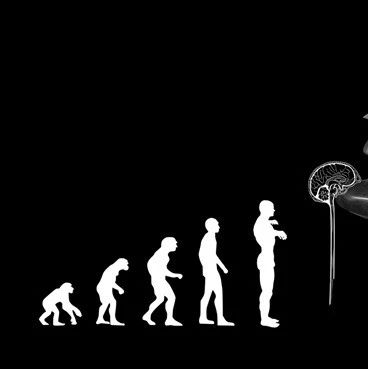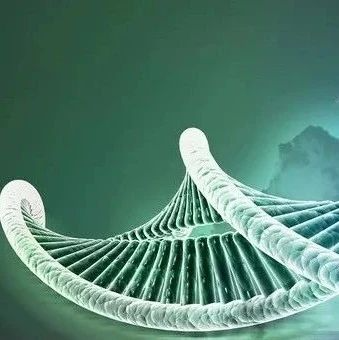中介体是一种复杂的分子机器,在DNA(脱氧核糖核酸)的转录过程中扮演重要角色,被称为“真核转录调控中的中央控制器”。据美国物理学家组织网7月3日报道,美国印第安纳大学研究人员破译了中介体最关键的部分——其头部的蛋白组成结构,为研究中介体增加了重要的砝码,使人们能更深入理解细胞中基因信息的转录过程。研究论文发表在7月3日《自然》杂志网站上。
所有细胞的运作都由基因信息控制,基因转录是以一条链为模板,按照碱基互补配对原则把信息复制到RNA(核糖核酸)上,合成的RNA称为信使RNA。转录过程中一种必不可少的酶就是RNA聚合酶Ⅱ。转录开始前,会经由中介体向DNA发起信号,询问哪些基因需要激活,而哪些基因需要沉默;中介体接到指令后,再向RNA聚合酶Ⅱ解释传达,告诉它从什么时候、在什么位置开始转录过程,最终生产出维持细胞功能所必需的各种蛋白质。
中介体是一种庞大的分子机器,由25个蛋白质组成,分为头部、中部和尾部3个模块,其中头部是中介体和RNA聚合酶Ⅱ相互作用的关键部位。印第安纳大学医学院生化与分子生物学副教授高木裕一郎领导的研究小组利用X射线晶体测定技术,详细描绘了中介体头部的结构。
高木裕一郎介绍说,作为一个分子机器,中介体的头部模块需要既稳定又灵活,以承担各种互动功能。研究发现,头部上有一个部分叫做α螺旋束的结构,称为脖子,由5个蛋白排列组成,负责保持稳定性。这是研究首次证明α螺旋束是由5个不同的蛋白质分子组成的。
他还指出,这一研究马上可以投入使用,用以绘制基因突变的详细图谱,基因突变会影响转录过程的规则;而且,类似中介体这样的多蛋白复合物最有可能成为新一代药物标靶,他们绘制出的详细的中介体头部图谱,有助于研究其结构和功能,开发出治疗疾病的新药。
斯坦福大学罗杰·科恩博格由于发现RNA聚合酶Ⅱ的结构获得2006年诺贝尔奖,美国和以色列3位科学家由于研究核糖体(生产蛋白质的机器)结构功能而获得2009年诺贝尔奖,但整个中介体的结构还尚未破译,这也是给结构生物学留下的巨大挑战。高木裕一郎小组对中介体头部模块的破译则为科学家全面掌握中介体整体结构带来了重大突破。
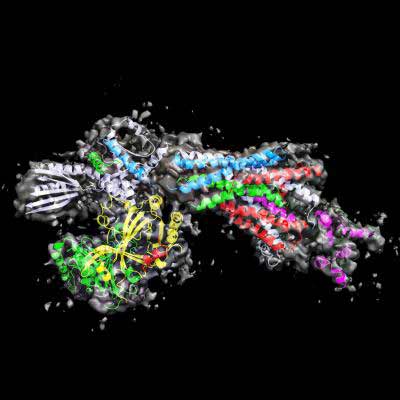
DNA转录“控制器”的关键结构
生物探索推荐英文原文:
Researchers decipher protein structure of key molecule in DNA transcription system
The research adds an important link to discoveries that have enabled scientists to gain a deeper understanding of how cells translate genetic information into the proteins and processes of life. The findings, published in the July 3 advance online issue of the journal Nature, were reported by a research team led by Yuichiro Takagi, Ph.D., assistant professor of biochemistry and molecular biology at Indiana University School of Medicine.
The fundamental operations of all cells are controlled by the genetic information – the genes –stored in each cell's DNA, a long double-stranded chain. Information copied from sections of the DNA – through a process called transcription – leads to synthesis of messenger RNA, eventually enabling the production of proteins necessary for cellular function. Transcription is undertaken by the enzyme called RNA polymerase II.
As cellular operations proceed, signals are sent to the DNA asking that some genes be activated and others be shut down. The Mediator transcription regulator accepts and interprets those instructions, telling RNA polymerase II where and when to begin the transcription process.
Mediator is a gigantic molecular machine composed of 25 proteins organized into three modules known as the head, the middle, and the tail. Using X-ray crystallography, the Takagi team was able to describe in detail the structure of the Mediator Head module, the most important for interactions with RNA polymerase II.
"It's turned out to be extremely novel, revealing how a molecular machine is built from multiple proteins," said Takagi.
"As a molecular machine, the Mediator head module needs to have elements of both stability and flexibility in order to accommodate numerous interactions. A portion of the head we named the neck domain provides the stability by arranging the five proteins in a polymer-like structure," he said.
"We call it the alpha helical bundle," said Dr. Takagi. "People have seen structures of alpha helical bundles before but not coming from five different proteins."
"This is a completely noble structure," he said.
One immediate benefit of the research will be to provide detailed mapping of previously known mutations that affect the regulation of the transcription process, he said.
The ability to solve such complex structures will be important because multi-protein complexes such as Mediator will most likely become a new generation of drug targets for treatment of disease, he said.
Previously, the structure of RNA polymerase II was determined by Roger Kornberg of Stanford University, with whom Dr. Takagi worked prior to coming to IU School of Medicine. Kornberg received the Nobel Prize in 2006 for his discoveries. The researchers who described the structure of the ribosome, the protein production machine, were awarded the Nobel Prize in 2009. The structure of the entire Mediator has yet to be described, and thus remains the one of grand challenges in structure biology. Dr. Takagi's work on the Mediator head module structure represents a major step towards a structure determination of the entire Mediator.


